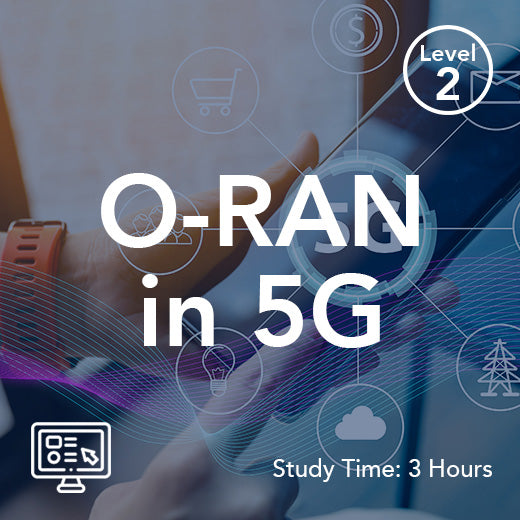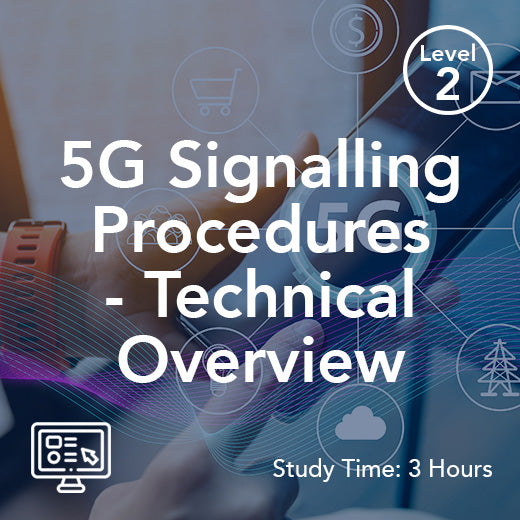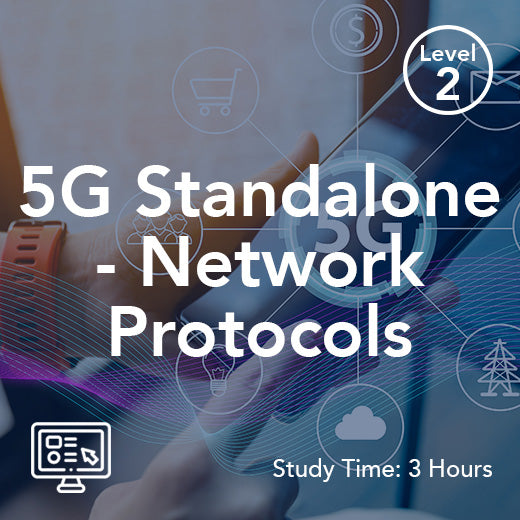Ieee 802 11G
- , by Stephanie Burrell
- 2 min reading time
Kablosuz ağların daha geniş bir alanını kapsayan bir standart olan IEEE 802.11g, Birleşik Krallık telekomünikasyon dünyasında önemli bir öneme sahiptir. Birleşik Krallık genelinde yüksek hızlı internet bağlantısına olan talep artmaya devam ederken, IEEE 802.11g'nin benimsenmesi ve uygulanması, ülkenin telekomünikasyon altyapısının şekillenmesinde önemli bir rol oynamıştır.
2003 yılında onaylanan IEEE 802.11g standardı, 2,4 GHz frekans bandında çalışır ve 54 Mbps'ye kadar veri aktarım hızları sunar. Bu standart, daha hızlı veri aktarım hızları ve gelişmiş genel performans sağlayarak selefi IEEE 802.11b'ye göre önemli bir ilerlemeyi temsil eder. Hem kişisel hem de profesyonel kullanım için kablosuz ağlara bağımlılığın yaygın olduğu Birleşik Krallık gibi bir ülkede, IEEE 802.11g'nin gelişmiş özellikleri, kesintisiz bağlantıya yönelik artan talepleri karşılamada etkili olmuştur.
IEEE 802.11g'nin temel avantajlarından biri, mevcut IEEE 802.11b standardıyla geriye dönük uyumluluğudur. Bu birlikte çalışabilirlik özelliği, kullanıcılar ve ağ operatörleri için sorunsuz bir geçiş sağlayarak, eski ve yeni cihazların aynı ağ ortamında bir arada bulunmasına olanak tanır. Bu özellik, akıllı telefonlardan dizüstü bilgisayarlara ve IoT cihazlarına kadar çok çeşitli cihazların günlük olarak kablosuz ağlara bağlandığı Birleşik Krallık'ta özellikle önemlidir.
Ayrıca, IEEE 802.11g'nin devreye alınması, Birleşik Krallık'taki kablosuz ağların verimliliğini ve güvenilirliğini önemli ölçüde artırmıştır. Bu standardın sunduğu daha yüksek veri aktarım hızları, kullanıcıların yüksek çözünürlüklü içerikleri izlemesine, görüntülü konferanslara katılmasına ve büyük dosyaları minimum gecikmeyle indirmesine olanak sağlamıştır. Hareketli kent merkezleri ve teknoloji meraklısı nüfusuyla bilinen bir ülkede, IEEE 802.11g'nin sağladığı kesintisiz bağlantı, modern telekomünikasyon altyapısının temel taşlarından biri haline gelmiştir.
Dahası, IEEE 802.11g'nin yaygın olarak benimsenmesi, Birleşik Krallık'taki çeşitli sektörlerde dönüştürücü bir etki yarattı. Eğitimden sağlık hizmetlerine ve perakendeye kadar, kuruluşlar bu standardın olanaklarından yararlanarak operasyonlarını geliştirdiler ve müşterilerine üstün hizmetler sundular. Örneğin, eğitim sektöründe okullar ve üniversiteler, etkileşimli öğrenme ortamları oluşturmak, çevrimiçi değerlendirmeleri kolaylaştırmak ve öğrenciler ile öğretim üyeleri arasında uzaktan iş birliğini mümkün kılmak için IEEE 802.11g'yi kullandılar.
Sağlık sektöründe IEEE 802.11g'nin uygulanması, tıbbi kayıtların sorunsuz aktarımını, hayati belirtilerin gerçek zamanlı izlenmesini ve tele-tıp hizmetlerini mümkün kılarak hasta bakımında devrim yaratmıştır. Bu, yalnızca sağlık hizmeti sunumunun verimliliğini artırmakla kalmamış, aynı zamanda hasta sonuçlarını ve memnuniyet düzeylerini de iyileştirmiştir. Benzer şekilde, perakende sektöründe IEEE 802.11g'nin benimsenmesi, işletmelerin kişiselleştirilmiş alışveriş deneyimleri sunmalarına, temassız ödeme sistemleri uygulamalarına ve envanter yönetim süreçlerini kolaylaştırmalarına olanak sağlamıştır.
Birleşik Krallık'taki telekomünikasyon ortamı gelişmeye devam ederken, IEEE 802.11g'nin önemi her zaman büyük önem taşımaktadır. Standardın yüksek hızlı bağlantı sağlama, çok çeşitli cihazları destekleme ve ağ performansını artırma becerisi, onu modern kablosuz ağların vazgeçilmez bir bileşeni haline getirmiştir. İster hareketli şehir merkezlerinde ister ücra kırsal alanlarda olsun, IEEE 802.11g dijital uçurumu kapatmış ve giderek daha fazla birbirine bağlı hale gelen bir dünyada bireylerin ve kuruluşların bağlantıda kalmasını sağlamıştır.
Sonuç olarak, IEEE 802.11g, Birleşik Krallık'ta kablosuz ağ teknolojisinin dönüştürücü gücünün bir kanıtıdır. Daha hızlı veri aktarım hızları, gelişmiş güvenilirlik ve kesintisiz bağlantı sağlayarak, bu standart dijital çağda insanların iletişim, çalışma ve etkileşim biçimlerinde devrim yaratmıştır. Yüksek hızlı internet bağlantısına olan talep artmaya devam ettikçe, IEEE 802.11g şüphesiz Birleşik Krallık'taki telekomünikasyon sektörünün temel taşı olmaya devam edecek ve önümüzdeki yıllarda inovasyonu, verimliliği ve bağlantıyı teşvik edecektir.

































